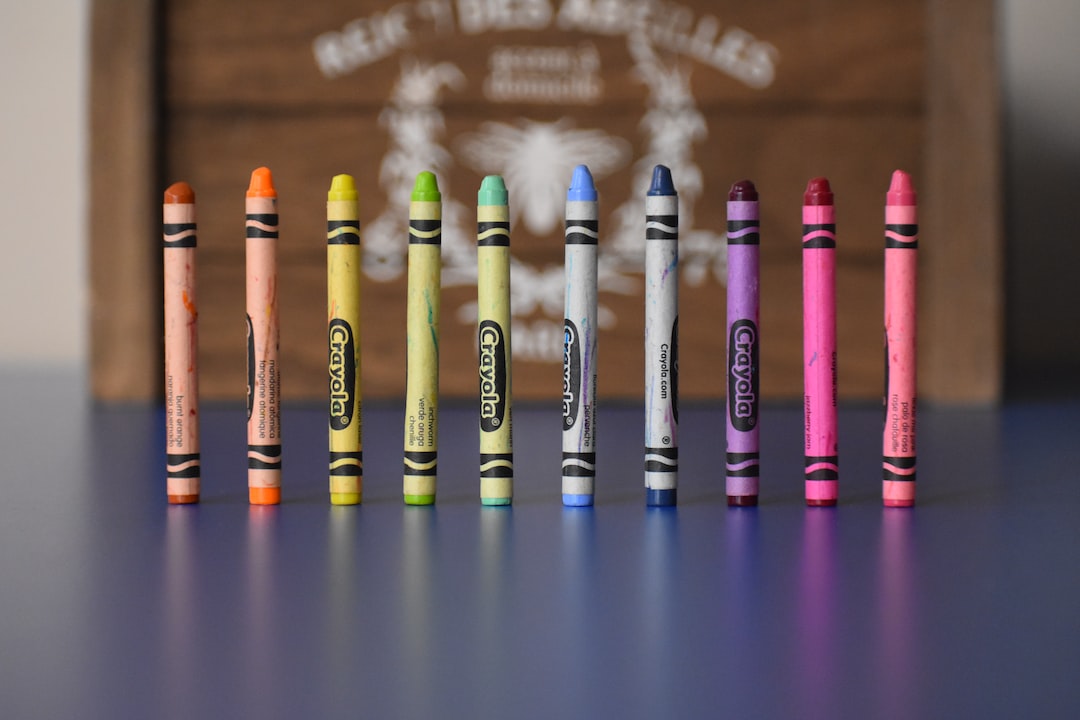Bookbinding is the art of binding together pages or sheets of paper into a book. It is an ancient craft, and its creation dates back to the early days of the written word. The process of bookbinding has undergone significant changes over the years, from the use of clay tablets to parchment and paper, leather, and cloth as book covers.
The history of bookbinding dates back to ancient Egypt, where the Egyptians used papyrus and silk as binding materials. The Chinese then used bamboo, hemp, and silk as binding materials from around 105 AD. In the early centuries, bookbinding served as a preservation method and was primarily practiced in monasteries, libraries, and universities.
During the Renaissance period, bookbinding became an art form, and prestigious families patronized bookbinders to create luxurious and visually appealing book covers. In the 15th century, the printing press was invented, resulting in a significant increase in book production, which led to the refinement of the binding process. The popularity of books led to the introduction of a wide variety of bindings, such as fanfare bindings, silk bindings, leather bindings, and cloth bindings, depending on the patron’s preference.
The art of bookbinding flourished during the 19th century with the introduction of gilt-stamped covers, embossed covers, and the mechanization of the binding industry. The Industrial Revolution gave bookbinders access to mass-produced materials, enabling them to produce bindings faster than ever before. With the growth of the publishing industry and book clubs, bookbinding was no longer solely the province of the wealthy elite; it had become accessible to everyone.
A great deal of skill goes into the creation of a book, from folding and sewing the pages into signatures to gluing the spine and attaching the cover. Today, bookbinding is a specialized profession that requires training and expertise. The materials used in bookbinding can range from handmade paper to industrial-grade materials, with the aim of preserving, protecting and showcasing the contents of a book.
In the modern era, bookbinding continues to evolve, with book artists and designers pushing the boundaries of what constitutes a book. This has resulted in a broad range of creative projects, from art books to limited edition artists’ books, and artists’ books. The art of bookbinding is not only an essential preservation method but also a craft that celebrates the beauty of books.
In conclusion, bookbinding is an art form with a rich history and cultural significance. It is an essential preservation method that has evolved over time, being influenced by technological advancements. Its importance lies in its ability to protect books, as well as in the beauty of the bound object. Bookbinding is an age-old craft that’s here to stay, and it is an art that deserves to be celebrated for its historical significance and as an invaluable skill.

